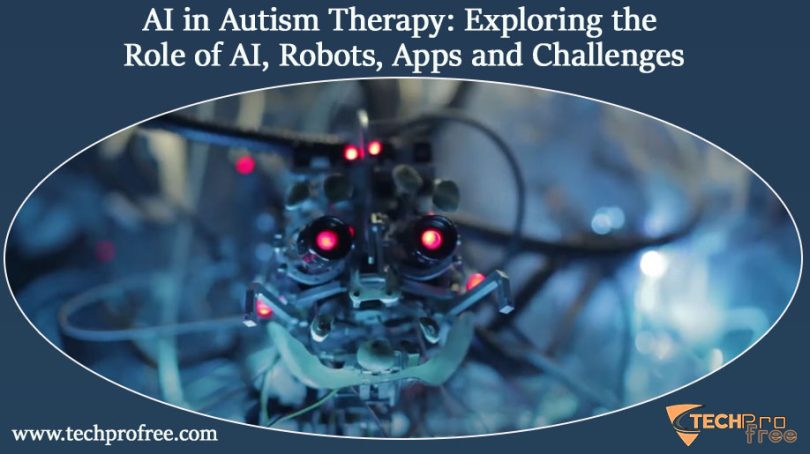Exploring AI in Autism Therapy:
In the domain of therapy, an interesting approach has emerged, utilizing AI to create and train robots that can engage children on the autism spectrum. The aim of these robots is to provide autistic children with valuable practice in recognizing facial expressions, improving social interactions and appropriately responding to social cues.
Understanding Autism Therapy:
Applied Behavior Analysis (ABA) is a prominent behavioral treatment method for individuals with Autism Spectrum Disorder (ASD). ABA focuses on promoting desired behaviors while discouraging undesired ones, with progress being carefully tracked and measured.
Uncovering Best Effective Therapies for Autism:
Cognitive Behavioral Therapy (CBT) has proven to be a beneficial form of talk therapy for both children and adults with autism. It targets thought patterns and emotions that may trigger negative behaviors in individuals with autism, aiding in the identification and management of such thoughts and feelings.
By embracing the potential of AI in autism therapy, we can further enhance social interactions and behavioral skills, paving the way for improved outcomes and increased quality of life for individuals on the autism spectrum.
The Future of Autism Therapy: Robots as Social Partners.
Autism is a complicated developmental disease marked by difficulties in social interaction, communication and behavior. Individuals with autism usually struggle with social interactions and they may feel overwhelmed by the expectations and demands of social interactions.
- Robots as Therapy for Autism:
To help people with autism learn how to interact with others, some innovative groups have started exploring the use of robots as therapy. Robotic programming enables the delivery of constant and predictable social cues and feedback, providing essential assistance to people with autism. This can be helpful for people with autism who may have difficulty understanding social cues or who may be easily overwhelmed by social interactions.
- SoftBank Robotics NAO Humanoid Robot: A Robotic Therapist for Autism.
An instance of a robot utilized in the treatment of autism is the SoftBank Robotics NAO humanoid robot. Standing around two feet tall, NAO possesses the capability to display emotions through eye color changes, arm movements and variations in vocal tone. Research has demonstrated that NAO has proven effective in assisting children with autism in acquiring social interaction skills by facilitating their interactions with others.
Role of AI Apps in Autism:
In addition to robots, AI-based apps are also being used to treat autism. AI-based apps can be used to teach children with autism social skills, communication skills and other important skills. AI-based apps are often less costly and easier to use than robots; they can be integrated into everyday settings, such as homes and schools.
The Challenges of Adopting AI-Based Robots and Apps for Treating Autism:
Despite the potential of AI-based robots and apps to support children with autism in their learning, there are some limitations to this technology.
- Cost: The production and usage of AI-based robots are very expensive.
- Accessibility: Apps require children to be able to read, follow instructions and be motivated to engage with virtual rewards. It is possibly a difficult task for a kid with autism.
- Transferability: The objective of applications is to impart specific skills such as social communication, facial expression recognition and eye contact. Nevertheless, the effectiveness of children in utilizing these acquired skills from robots or applications during interactions with other individuals remains uncertain.
- Integration: Presently, AI-based applications have not been seamlessly integrated into most conventional environments. Consequently, children with autism may lack access to these resources in their schools or other community settings.
AI-based robots and applications hold the potential to serve as valuable tools for the treatment of autism. However, it is crucial to address the limitations associated with this technology before widespread adoption can be achieved.
Conclusion:
Integration of AI in autism therapy, notably through the use of robots and apps, presents the fascinating potential for improving social interactions and the lives of people in the autistic range. Therapy robots, such as the SoftBank Robotics NAO humanoid robot, have shown promise in boosting social interaction abilities. AI-powered apps offer a low-cost and convenient way to teach important skills to children with autism. However, issues like as cost, accessibility, skill transferability and integration into mainstream contexts remain. By tackling these issues and capitalizing on AI’s potential, we can open up new routes for effective autism therapy, ultimately boosting social and behavioral improvement for people on the autistic spectrum.




Leave a Comment